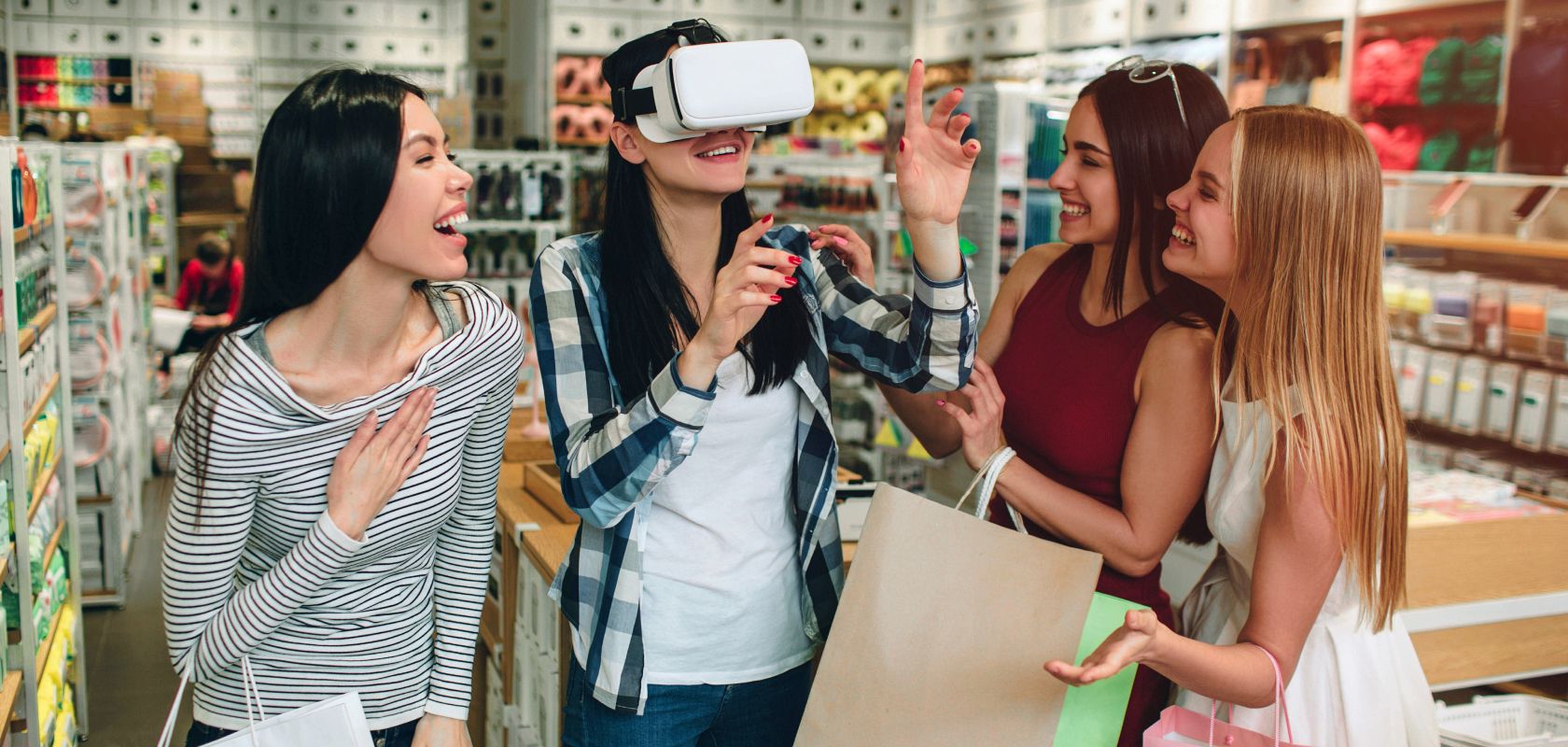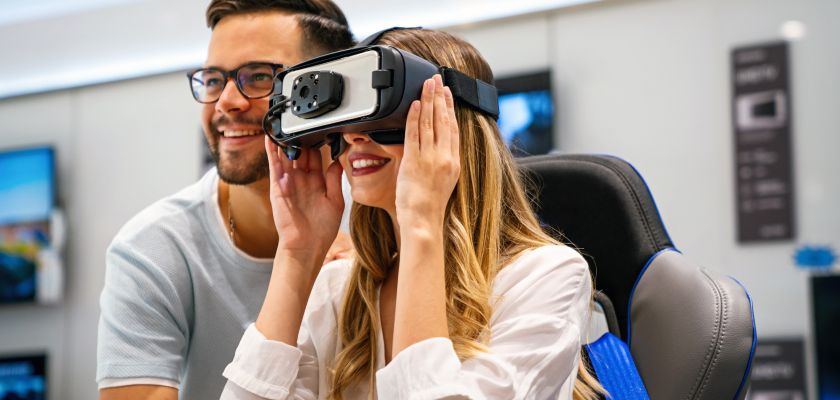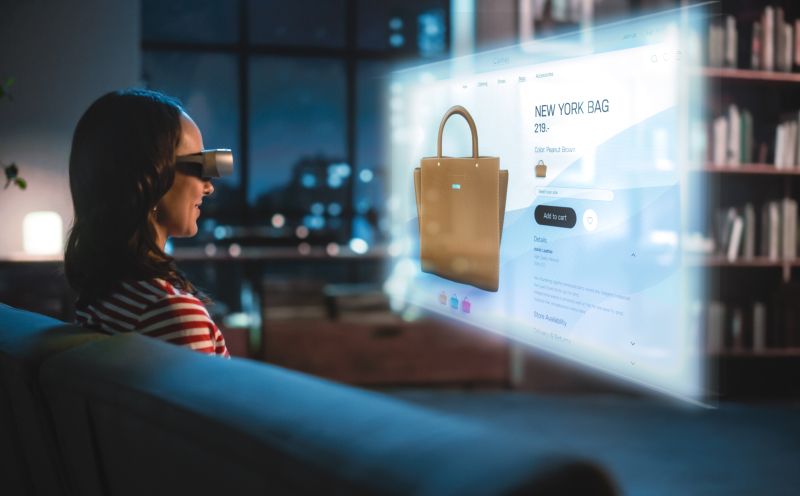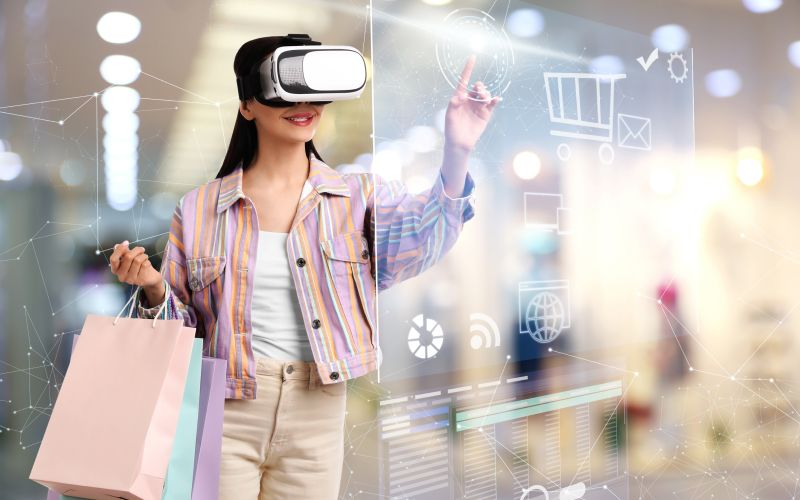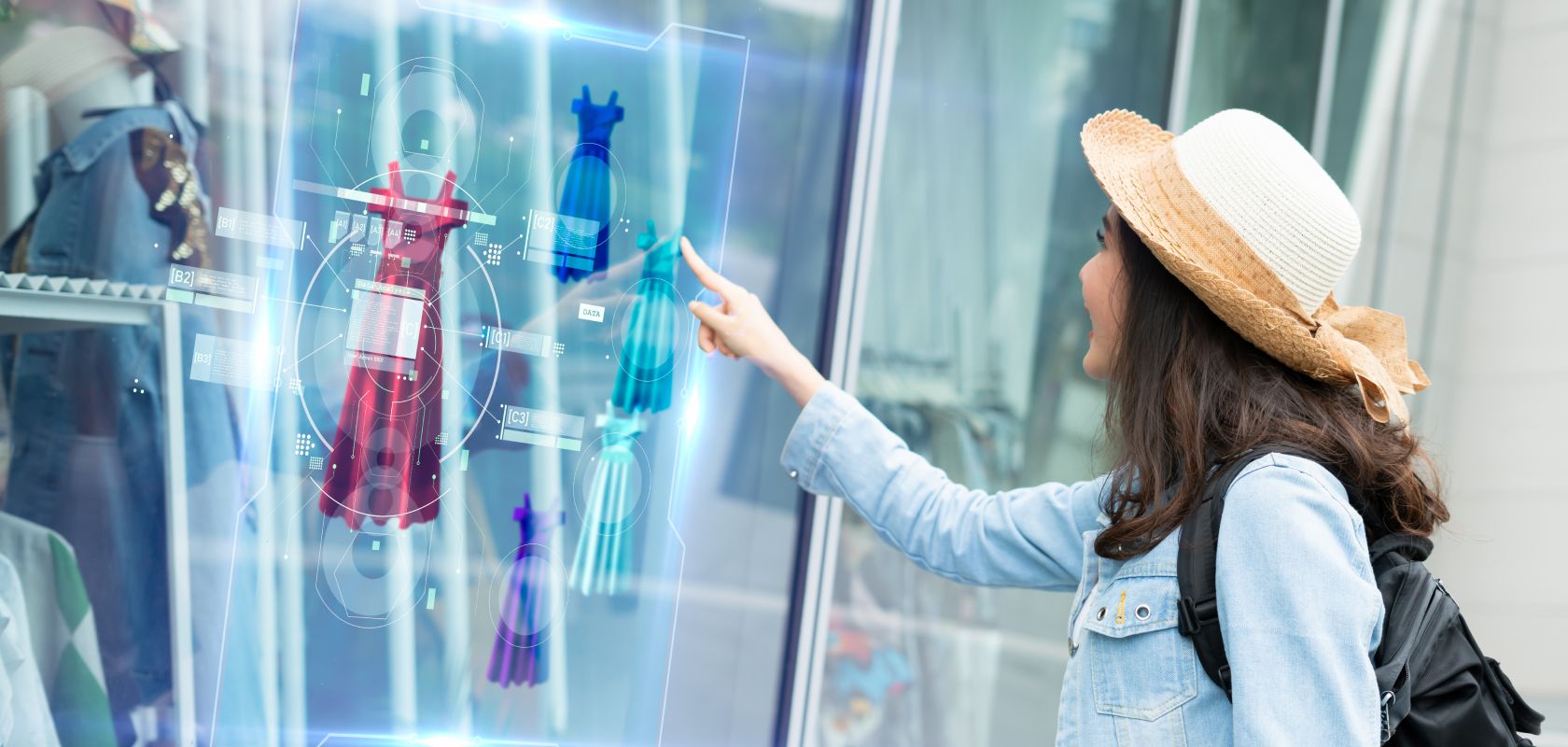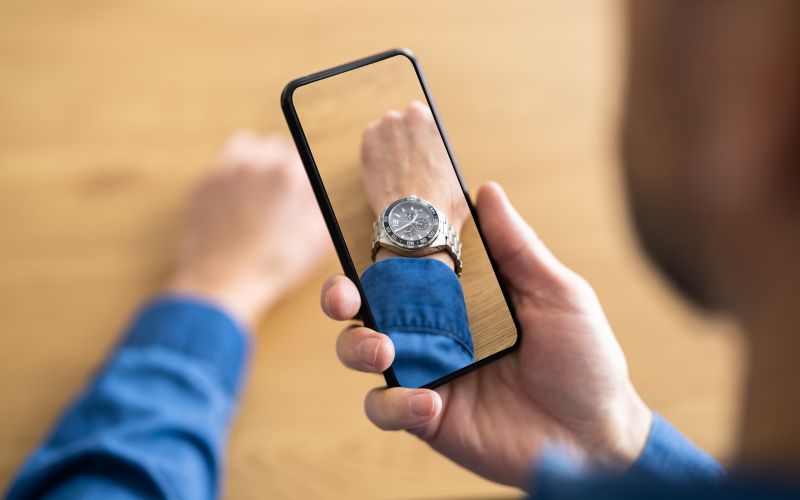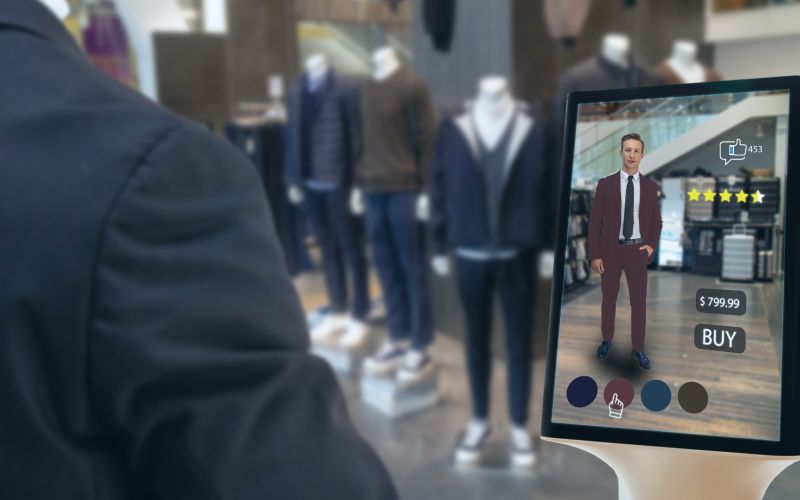FASHION
The influence of Augmented Reality, Virtual Reality, and the ‘metaverse’ in the fashion industry
Today, the fashion industry is multiplying through augmented reality (AR) and virtual reality (VR), towards a "multiverse." For example, the fast-fashion market, which focuses on youth lifestyle and reasonable prices, will gain $ 38.21 billion by 2023. By implementing virtual reality (VR) and augmented reality (AR), retail stores have improved the relationship between clients, products, and services, increasing customer satisfaction and loyalty. Through VR and AR, customers access virtual-try ons to see their favorite clothes and make a purchase decision. Through virtual reality they experience important fashion events like the Paris Fashion Week or the Milano Fashion Week, seeing clothes' designs, discovering fashion tendencies, and interacting with the entire public. VR and AR technologies are disrupting the fashion industry, delivering a wealth of benefits.
VR explained
Virtual Reality is one of the most applied technologies in the fashion industry. It is a simulated reality experience, enabling the user to experience virtual environments through different technological means as if they were entirely real. In other words, through VR, you can interact with scenes and objects and see people who seem real and part of your own lived experience. Virtual reality is being used in different fields and niches, such as videogames, education, and infrastructure. In the fashion industry, it has been applied to engage customers with clothing, designs, trends, and shows.
VR and Fashion: Innovations in Customer Experiences
There are numerous applications and uses of virtual reality in the fashion industry:
Virtual shows
Through VR, people may attend virtual fashion events. For instance, in 2021, Balenciaga released its autumn/winter collection in an unprecedented virtual event. Attendees used Oculus glasses to contemplate the entire collection in a virtual environment.
Virtual stores
Through VR, customers can access everything they usually find in a physical store, such as clothing and dressing rooms. Globally recognised brands have begun testing VR applications in their stores to create interactive and immersive experiences for customers.
VR and Fashion: Benefits
Virtual reality is a disruptive technology that benefits brands by improving relationships between customers, products, services, and events. Digital fashion has become a crticial component of the strategies implemented by global brands to thrive in pandemic times. Some of the benefits include:
Design, development, and production process
VR can be used to create innovations in fashion design, including sketching and setting technical specifications for both design and manufacturing.
Retailers
By creating and implementing VR fashion platforms, companies can consolidate their brand positioning and improve customer relationships. Meanwhile, they can gather data that can be utilized to design new collections.
Consumers
Online shoppers enjoy immersive experiences with VR. In addition, VR initiatives can close the gap between offline and online. People can try new clothes, shoes, accessories, and even virtually change hair color or makeup.
AR explained
Augmented reality has been used in the fashion industry to boost customer engagement with virtual try-ons. For example, Burberry has applied AR in retail to encourage customers to purchase clothes through digital devices to see their outfits. Augmented reality is an interactive 3D experience that simultaneously merges real world views with computer-generated elements. For example, users may use smartphones to combine immediate real-world surroundings with computer graphics.
How Can AR Be Applied in the Fashion Industry?
In retail, augmented reality is being utilized to disrupt customer engagement and brand awareness:
Virtual try-ons
Enabling customers to virtually try-on clothes, shoes and accessories through augmented reality, directly from the comfort of their homes.
Digital human try-ons
Enabling customers to create their own digital human avatar to see clothes and accessories in 3D and augmented reality on their digital replica.
Takeaway
Virtual reality, augmented reality and the metaverse are positively impacting brands’ experiences surrounding clothes, shoes and accessories. To remain relevant with modern consumers, brands and retailers are adopting extended reality (XR) technologies to disrupt their digital value proposition.
